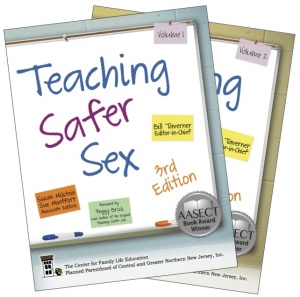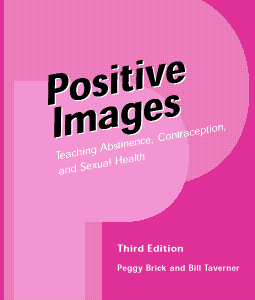 Last week we dove into the communication section of Teaching Safer Sex – but I missed the last lesson plan in this section, so I’m going to catch up on it now! This lesson plan happens to be about one of my favorite subject matters: sex and technology. Because so much romantic and sexual communication happens via technology, it’s a critical component of the communication landscape to incorporate into educational spaces.
Last week we dove into the communication section of Teaching Safer Sex – but I missed the last lesson plan in this section, so I’m going to catch up on it now! This lesson plan happens to be about one of my favorite subject matters: sex and technology. Because so much romantic and sexual communication happens via technology, it’s a critical component of the communication landscape to incorporate into educational spaces.
PRACTICING SAFE TEXT
by Tammy Miller, MSEd
Objectives
By the end of this lesson, participants will be able to:
- Identify five different methods of communication teens use to keep in touch with friends.
- State three possible consequences of “sexting.”
- List five personal rules for “safe tech” use.
Rationale
In the rapidly changing world of technology, new methods of communication are being developed every day. One of these methods — texting — is redefining how teens interact with one another. Research indicates that teens send and receive about 100 text messages a day! The immediacy of this form of communication in conjunction with inaccurate perceptions of privacy has led to unintended legal and social consequences for young people. In this lesson, participants are invited to explore the potential benefits and consequences of tech use.
Notes:
Sexting laws vary in every state. Check with your local district attorney’s or sheriff’s office for information on current laws on sexting in your state.
Because this lesson utilizes several learning opportunities and modalities that build upon and reinforce key points for participants, it is suggested that the lesson be conducted over more than one session if possible.
This lesson plan is full of fun stuff:
- People bingo (where you try and get others to sign a square with information that applies to them)
- How wired are you handout
- A story with questions and a sort of choose-your-own-ending experience
- Pros and cons of cell phones (talking), cell phones (texting), social networks, video chats, and gaming systems
The instructions for the leaders are clear and the questions and discussion prompts for participants about how communication about sexuality and romance should (or shouldn’t) are engaging. It’s one of those lesson plans you’ll find yourself coming back to over and over again, and probably breaking apart and taking pieces of it and putting them together with other pieces to make your own lesson outlines in the future!





